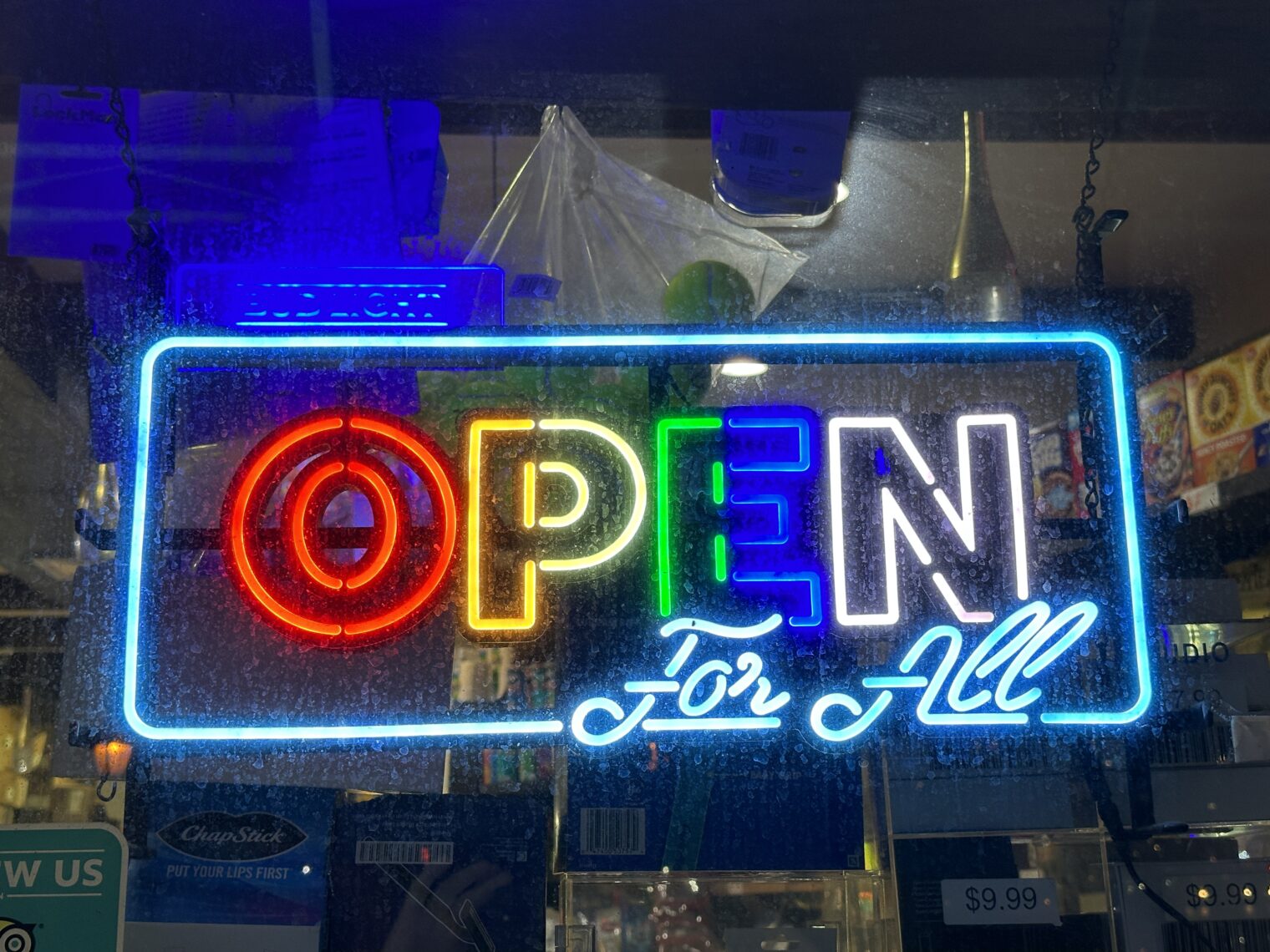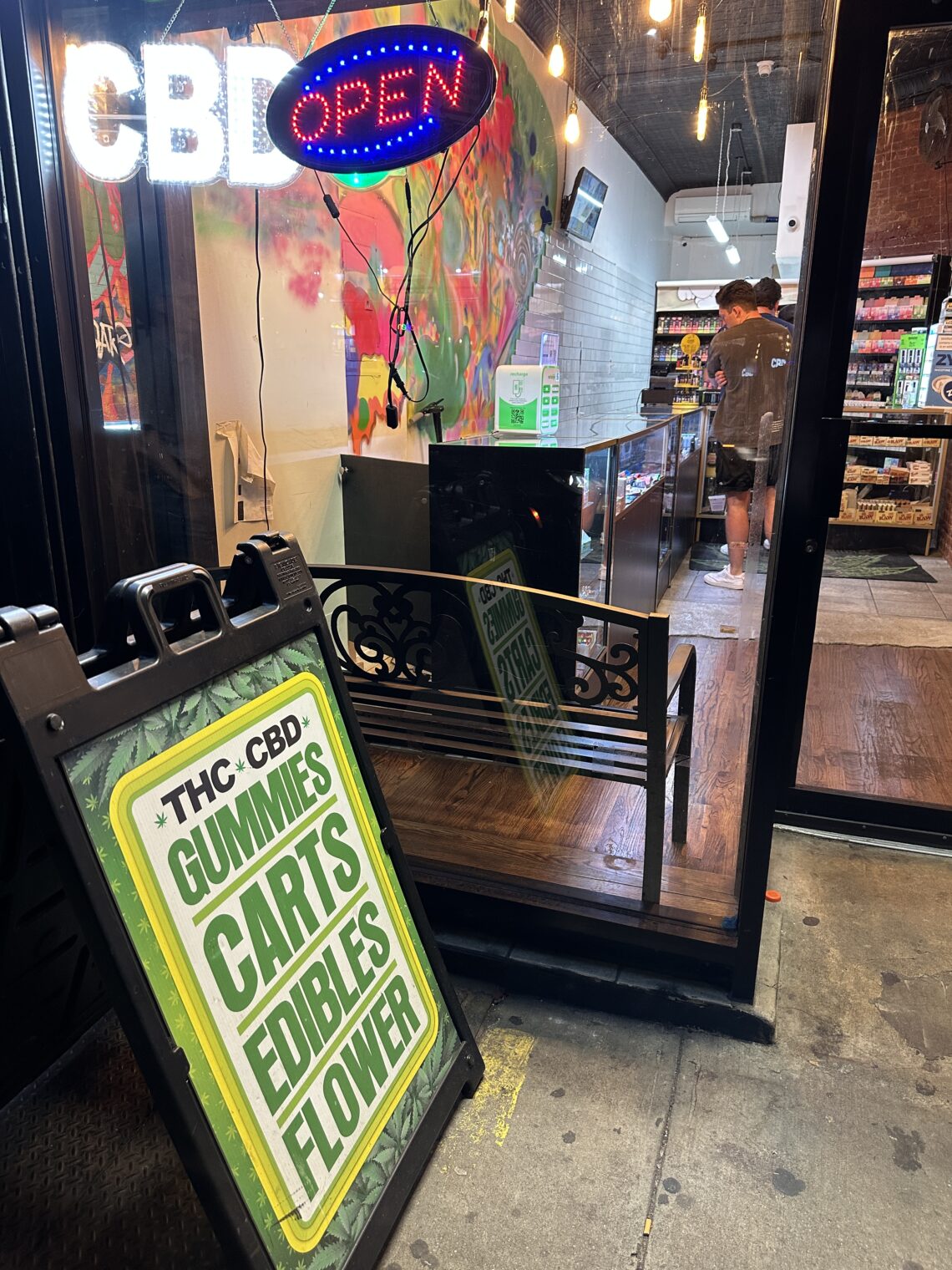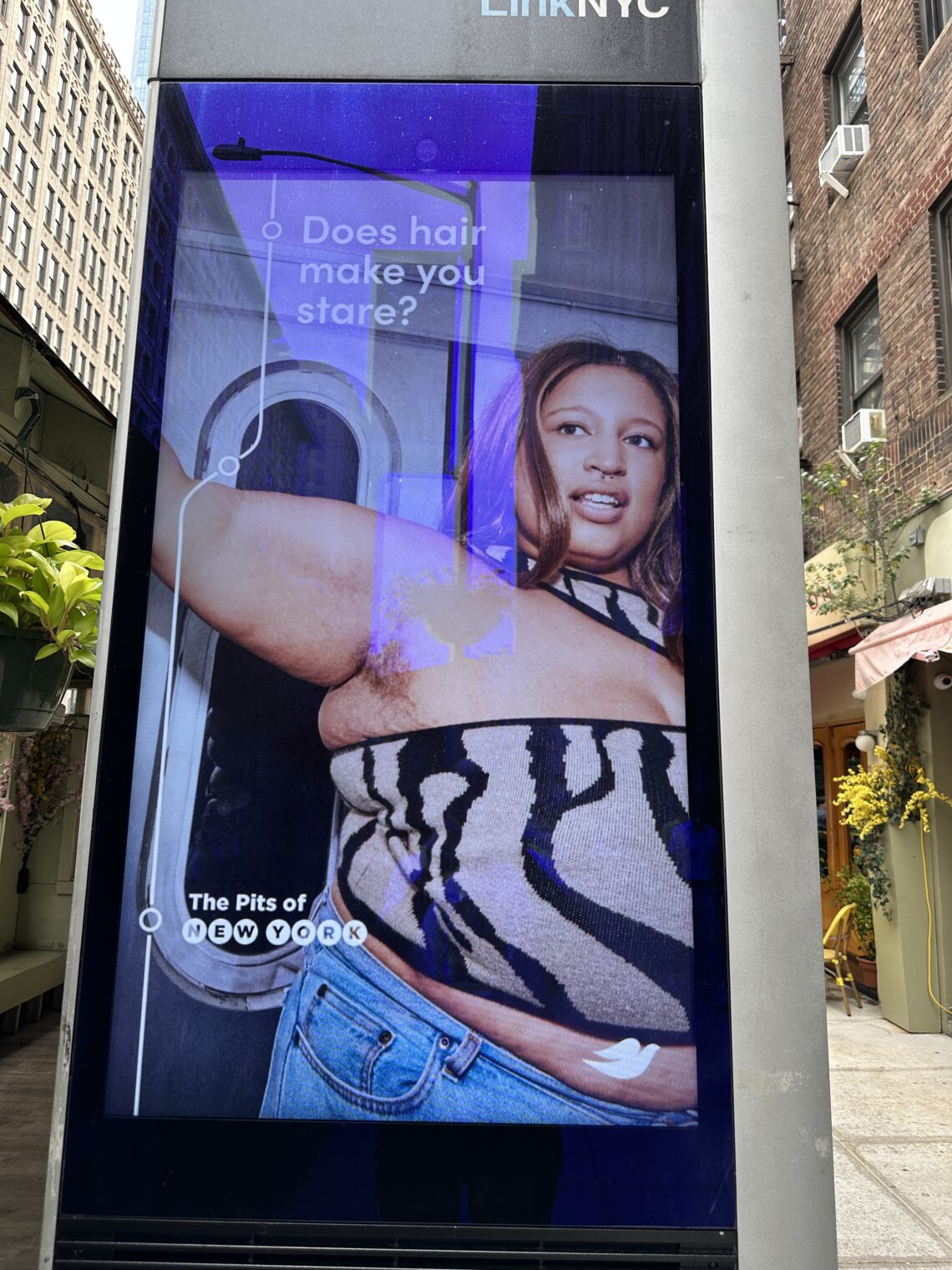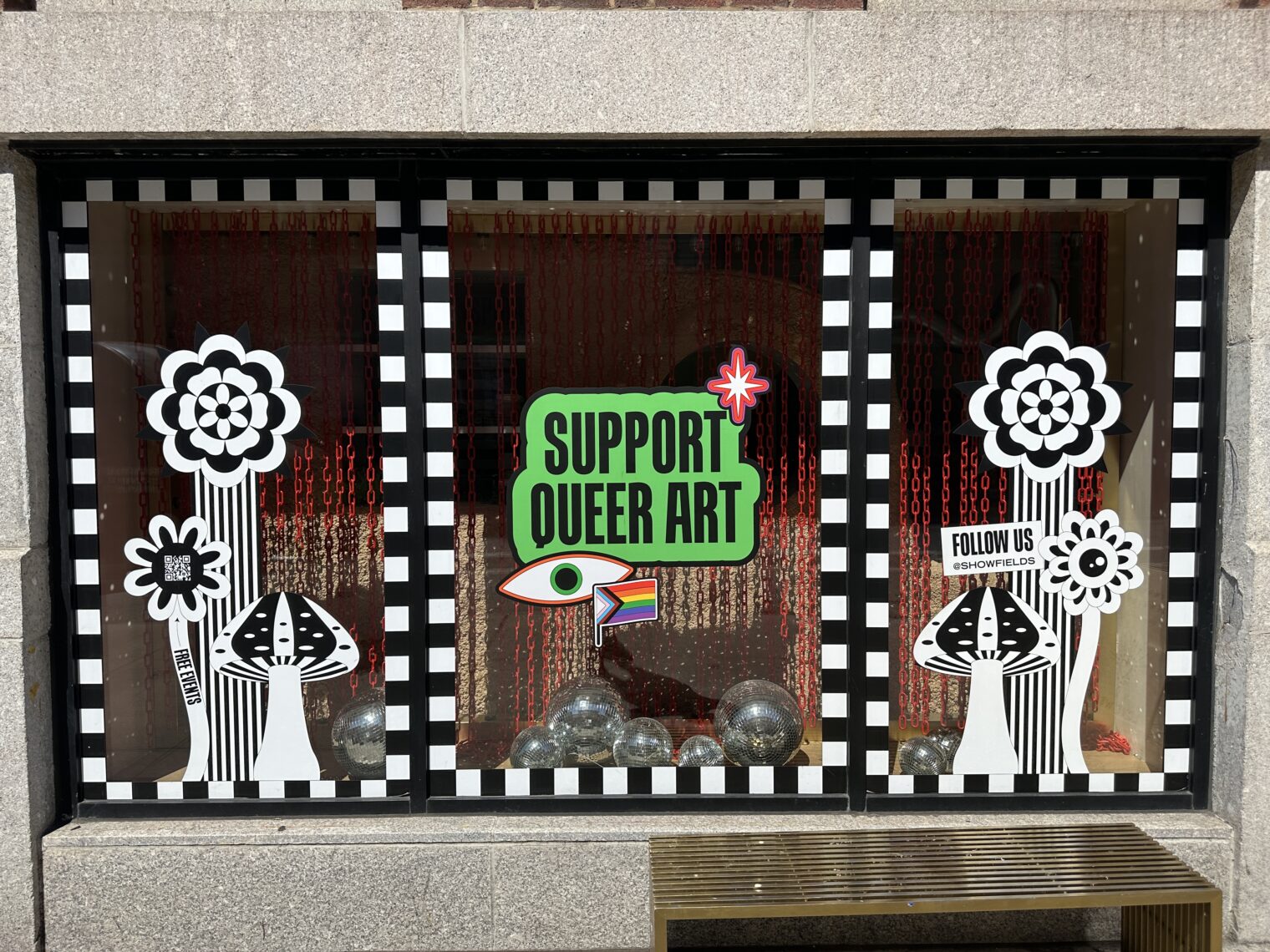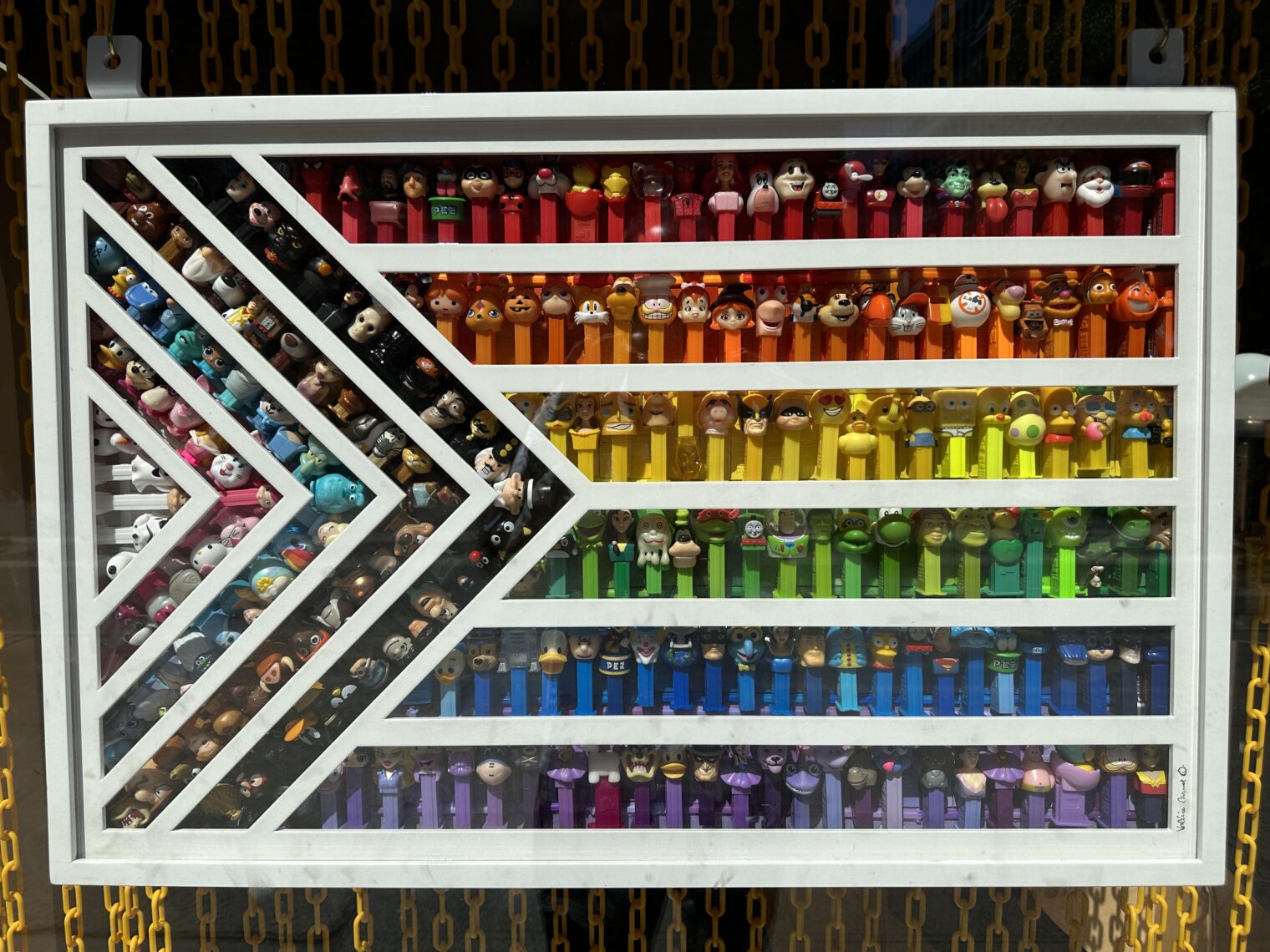“Hochul issues dire warning to migrants coming to NY: ‘We are truly out of space’” (New York Post):
Gov. Kathy Hochul on Wednesday warned that New York is “at capacity,” and urged newly arrived migrants to settle someplace else — as the Biden administration cleared the way for Venezuelan migrants to get work permits.
Hochul told NY1 that granting temporary protected status to and expediting work permits for thousands of Venezuelans who entered the US before July 31 is “an important first step” in getting expedited work status for all migrants.
But the governor warned that New York is “at capacity” and suggested that migrants who have arrived since July 31 consider other cities to settle in.
“We have to let people know that if you’re thinking of coming to New York, we are truly out of space,” she said.
“The mayor has done an extraordinary job managing this crisis situation. We have been partners in helping him, but there must be other cities that do not have upwards of 125,000 people, over 60,000 in shelters, that can handle the volume easier in other states.”
The politician reminds us of the Scientific truth that low-skill migrants make existing Americans richer:
“We have to have more workers, and this is going to be a very, very positive development for our state’s economy, for these individuals and our desire to start not opening more shelters, but starting to shut down shelters,” she added.
Question 1: Why do New Yorkers want to transfer their migrant wealth to other cities/states?
Question 2: Where exactly do New Yorkers think that migrants should go?
From Gov. Hochul’s own site:
It is strange that the word “crisis” is used to describe a phenomenon that makes existing New Yorkers wealthier (at least the elites), reduces crime, etc. We don’t usually say it is a “crisis” when we are becoming better off.
Related… “Will Work Authorization Draw More Venezuelan Migrants to the U.S.?” (New York Times):
The news that the Biden administration would grant work permits to hundreds of thousands of Venezuelan migrants who had already entered the United States was welcomed by Democratic leaders from cities overwhelmed with a large influx of migrants unable to work legally.
The hope is that the move will let many Venezuelans make enough money to move out of shelters, where the cost of housing them is straining big cities, especially New York. But could it end up backfiring by attracting even more Venezuelan migrants to cross the border?
The newspaper informs us that low-skill migrants make existing Americans better off. Why would it be “backfiring” if we end up with more migrants and become “more better” off?
Yordano Negren, 28, a hair stylist from Valencia who arrived about three weeks ago and has been staying in a Midtown shelter, said that more migrants would mean more competition for jobs.
“I imagine that it will bring many more Venezuelans here to New York,” he said. “But there are already too many Venezuelans here looking for work, trying to start a new life. Too many Venezuelans, too many Haitians, too many Dominicans. Everyone is looking for work, and this change is just going to bring more people.”
Mr. Negren agrees with the Harvard economists and César Chávez:
In the mid-70s, Chávez launched what he called the Illegals Campaign, an effort to raise awareness about illegal immigration and report undocumented workers to federal authorities.
”The idea was – much like we’ve heard today – ‘Well, the Border Patrol isn’t doing a good job at keeping people from crossing illegally. So we’re going to have to go out and do it ourselves,’ “ Pawel said.
The most intense aspects of this informal effort, however, did not take place in the form of secret phone calls to the government; they took place right along the border. In an effort led by César’s cousin Manuel Chávez, reports began to emerge of Mexican immigrants being threatened, beaten and robbed as they tried to cross over into the United States.
At one point, the patrol operation was so large, it employed 300 people and cost the UFW $80,000 a week.
To Chávez, the civil rights era leader who swore nonviolence, any influx of foreign labor represented a threat to the farmworkers’ movement. The people who crossed the border illegally were in search of a better life. But they were also scabs, willing to do the jobs that American farmworkers were organizing to improve.
“All of a sudden yesterday morning, they brought in 220 wetbacks – these are the illegals from Mexico,” Chávez said in an interview with KQED in the ‘70s. “There’s no way to defend against that kind of strikebreaking.”
Full post, including comments 










